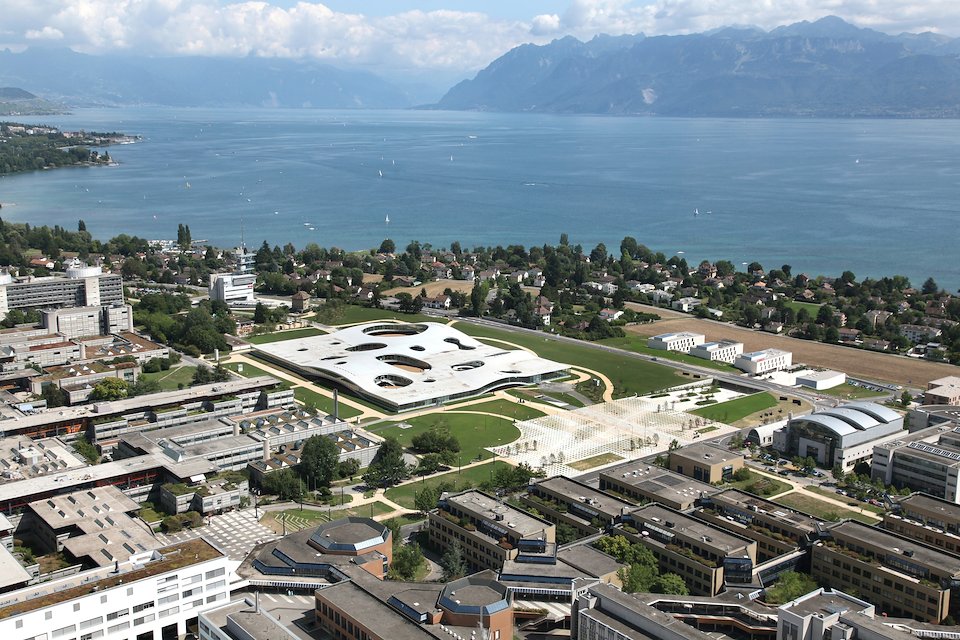
/background(fff)/960x540.jpeg?auto=webp)
/background(fff)/960x540.jpeg?auto=webp)
/background(fff)/960x540.jpeg?auto=webp)
/background(fff)/960x540.jpeg?auto=webp)
/background(fff)/960x540.jpeg?auto=webp)
/background(fff)/960x540.jpeg?auto=webp)
/background(fff)/960x540.jpeg?auto=webp)
/background(fff)/960x540.jpeg?auto=webp)
/background(fff)/960x540.jpeg?auto=webp)
/background(fff)/960x540.jpeg?auto=webp)
/background(fff)/960x540.jpeg?auto=webp)
/background(fff)/960x540.jpeg?auto=webp)
/background(fff)/960x540.jpeg?auto=webp)
/background(fff)/960x540.jpeg?auto=webp)
/background(fff)/960x540.jpeg?auto=webp)
/background(fff)/960x540.jpeg?auto=webp)
/background(fff)/960x540.jpeg?auto=webp)
/background(fff)/960x540.jpeg?auto=webp)
/background(fff)/960x540.jpeg?auto=webp)
/background(fff)/960x540.jpeg?auto=webp)
/background(fff)/960x540.jpeg?auto=webp)
/background(fff)/960x540.jpeg?auto=webp)
/background(fff)/960x540.jpeg?auto=webp)
/background(fff)/960x540.jpeg?auto=webp)
/background(fff)/960x540.jpeg?auto=webp)
/background(fff)/960x540.jpeg?auto=webp)
/background(fff)/960x540.jpeg?auto=webp)
/background(fff)/960x540.jpeg?auto=webp)
/background(fff)/960x540.jpeg?auto=webp)
/background(fff)/960x540.jpeg?auto=webp)
/background(fff)/960x540.jpeg?auto=webp)
/background(fff)/960x540.jpeg?auto=webp)
/background(fff)/960x540.jpeg?auto=webp)
/background(fff)/960x540.jpeg?auto=webp)
/background(fff)/960x540.jpeg?auto=webp)
/background(fff)/960x540.jpeg?auto=webp)
/background(fff)/960x540.jpeg?auto=webp)
/background(fff)/960x540.jpeg?auto=webp)
/background(fff)/960x540.jpeg?auto=webp)
/background(fff)/960x540.jpeg?auto=webp)
/background(fff)/960x540.jpeg?auto=webp)
/background(fff)/960x540.jpeg?auto=webp)
/background(fff)/960x540.jpeg?auto=webp)
/background(fff)/960x540.jpeg?auto=webp)
/background(fff)/960x540.jpeg?auto=webp)
/background(fff)/960x540.jpeg?auto=webp)
/background(fff)/960x540.jpeg?auto=webp)
/background(fff)/960x540.jpeg?auto=webp)
/background(fff)/960x540.jpeg?auto=webp)
/background(fff)/960x540.jpeg?auto=webp)
/background(fff)/960x540.jpeg?auto=webp)
/background(fff)/960x540.jpeg?auto=webp)
/background(fff)/960x540.jpeg?auto=webp)
/background(fff)/960x540.jpeg?auto=webp)
/background(fff)/960x540.jpeg?auto=webp)
/background(fff)/960x540.jpeg?auto=webp)
/background(fff)/960x540.jpeg?auto=webp)
/background(fff)/960x540.jpeg?auto=webp)
/background(fff)/960x540.jpeg?auto=webp)
/background(fff)/960x540.jpeg?auto=webp)
/background(fff)/960x540.jpeg?auto=webp)
/background(fff)/960x540.jpeg?auto=webp)
/background(fff)/960x540.jpeg?auto=webp)
/background(fff)/960x540.jpeg?auto=webp)
/background(fff)/960x540.jpeg?auto=webp)
/background(fff)/960x540.jpeg?auto=webp)
/background(fff)/960x540.jpeg?auto=webp)
/background(fff)/960x540.jpeg?auto=webp)
/background(fff)/960x540.jpeg?auto=webp)
/background(fff)/960x540.jpeg?auto=webp)
/background(fff)/960x540.jpeg?auto=webp)
Forward Secrecy in TLS: A Systematic Study
Perfect Forward Secrecy (PFS) was a concept first introduced by Günther in 1990 to describe a property of key exchange protocols like Diffie-Hellman: past key exchanges are secure against future attackers. In Transport Layer Security protocol (TLS), the ciphersuites for which certificate private key compromise does not allow an attacker to retroactively decrypt previously recorded connections are said to be PFS. However, a close examination of how keys are managed in real-world TLS deployments show that PFS is not a strong enough guarantee to ensure secrecy of past (or future) communications in all scenarios. In this talk we describe a more specific set of security guarantees afforded to TLS during both stateless and stateless session resumption in TLS 1.2, and explore the improvements to forward security in the upcoming TLS 1.3.
Role |
Speaker |
For |
SURI Summer School at EPFL |
Date |
June 2016 |
Type |
Talk |
URL |
suri.epfl.ch/schedule/start#sullivan |
Co-Author |
Filippo Valsorda |